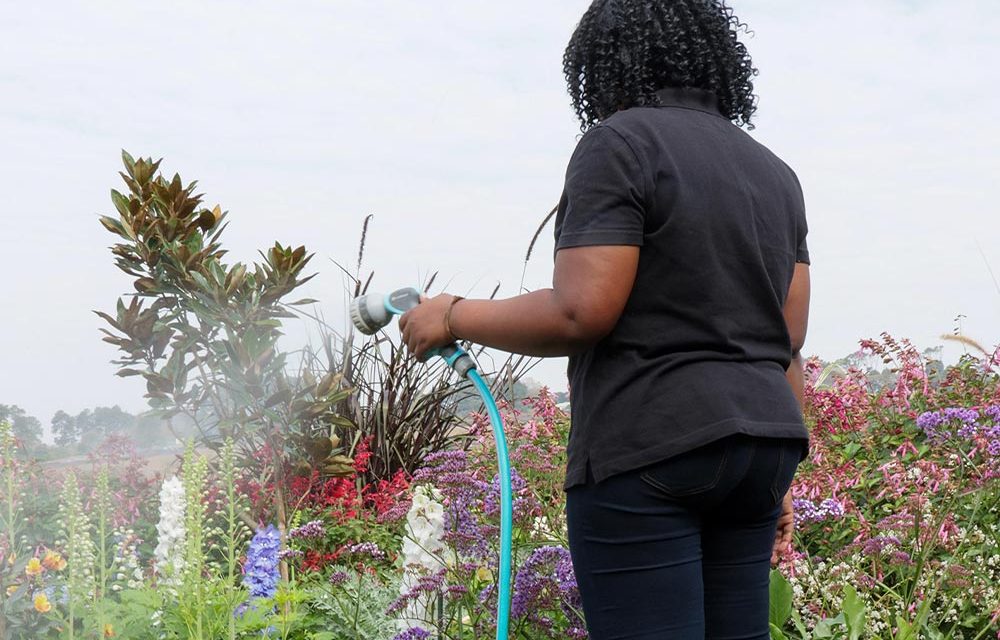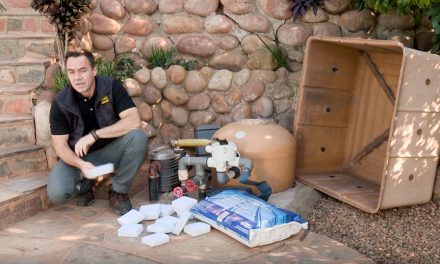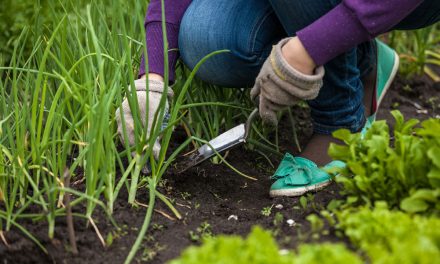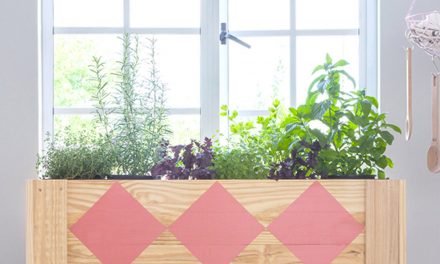What should you look for in a hosepipe and how should you store it?
Whether you call it a garden hose, a hosepipe or simply a hose, what you’re talking about is simply a long flexible tube used to convey water from a tap. A hose can be used with any number of fittings, such as sprayers, sprinklers or trigger handles. The latter are great, by the way, as they can offer different spray patterns as well as ease of use. But for now, let’s focus on the actual hosepipe itself.
Hosepipes, typically made of extruded synthetic rubber or soft plastic, often reinforced with an internal layer of woven fibres and encased in a protective outer sheath. As a result of these materials, garden hoses are flexible and their smooth exterior helps with pulling them past trees and other obstacles. Garden hoses are also generally tough enough to survive occasional scraping on rocks and being stepped on, without damage or leaking. Different brands are made of different materials and some hoses have a lot more flexibility than others. Anti-twist hoses are a real winner, as they prevent those kinks in the pipe that stop the water flow. This is one feature you should consider when shopping for a new hosepipe, along with the length of hose, while you should also choose a practical length for your garden – 20 to 30 metres are the most common lengths.
Also, keep an eye out for bundle deals where the hosepipe is packaged with some useful accessories such as a sprayer, sprinkler and tap fitting.
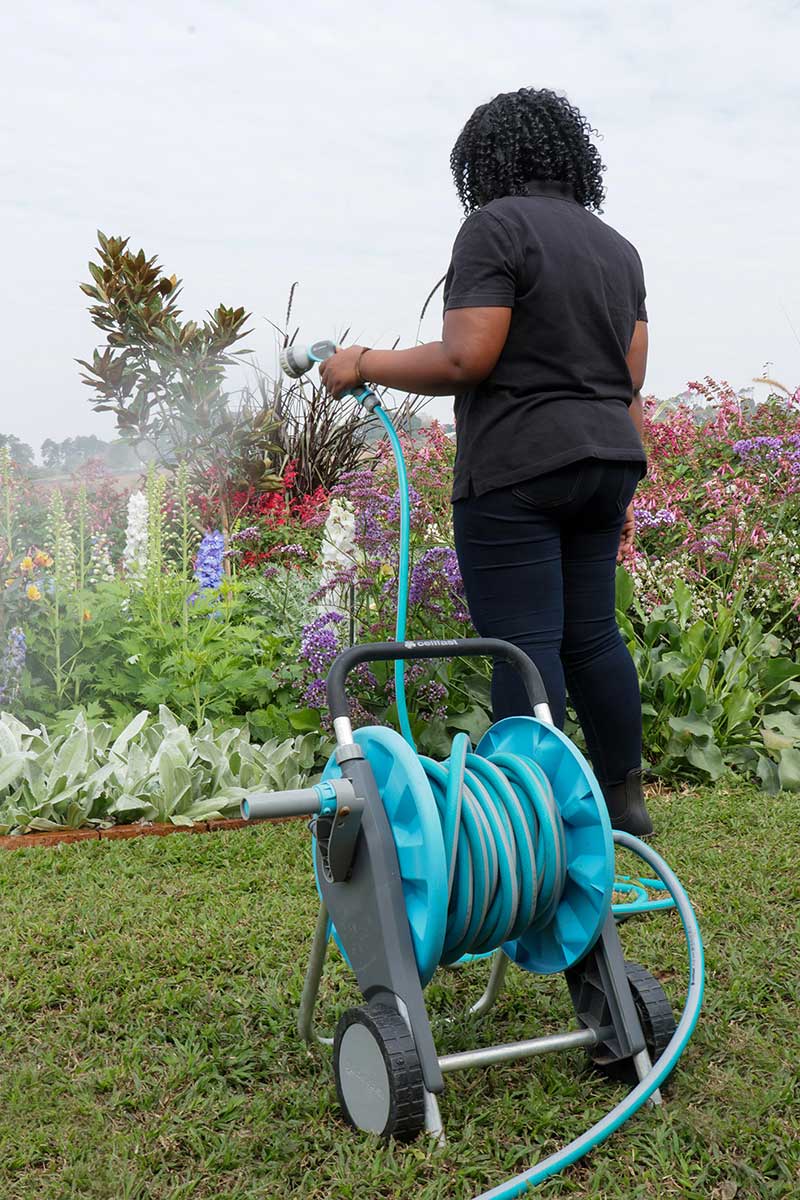
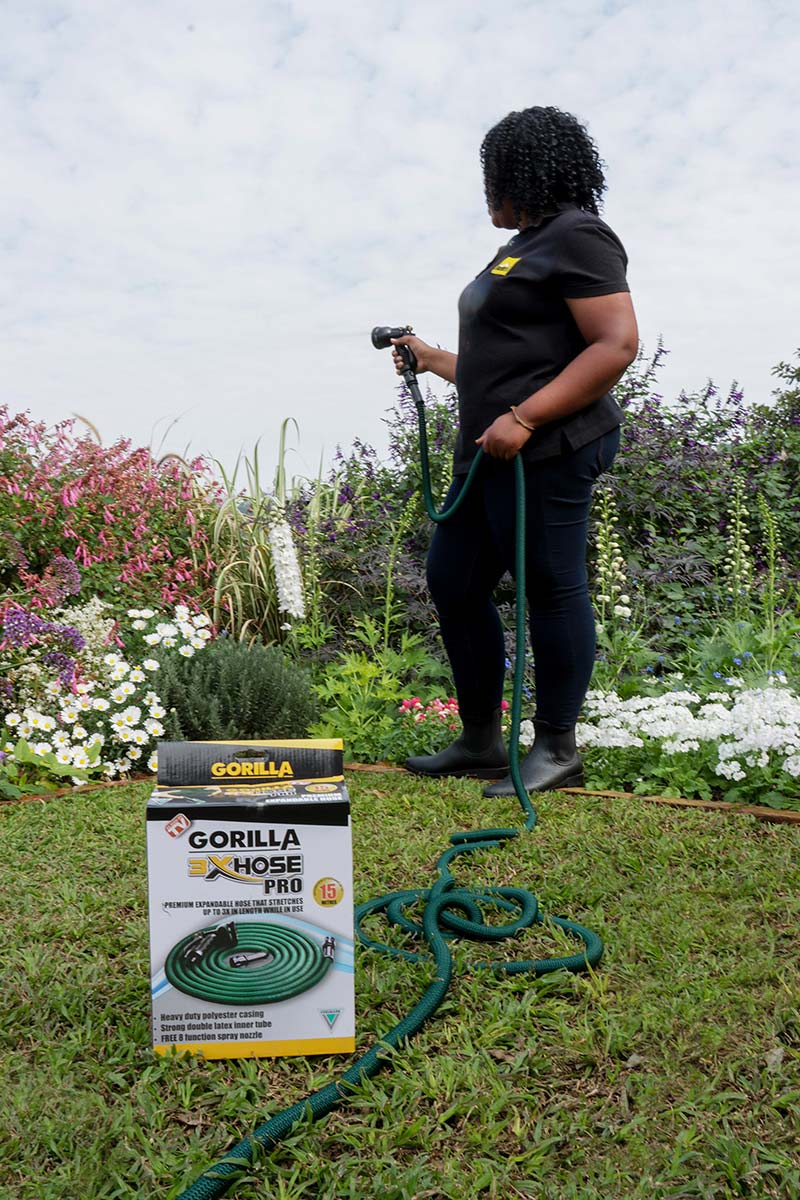
If you have a particularly small garden in a complex or even just on a balcony, you might want to look at the lightweight hoses that can either be attached to the wall or come with a carry case. There are also very neat hoses that form a compact spiral that can be stretched up to 15 m.
Another very useful product is the soaker hose, which has holes all along its length. It is designed for water to seep out of it to soak a flower bed and can actually be left in a bed semi-permanently for irrigation.
Once you’ve bought the hosepipe that suits you, you need to store it correctly to prolong its lifespan. One convenient way is on a hose reel which keeps it neatly coiled and untangled. There are portable hose reels, some that you carry and others on wheels. Wall-mounting hosepipe brackets are perfect hosepipe brackets that are perfect if you only use one particular tap with your hosepipe.
Storing hosepipes properly like this will prevent them from becoming tangled and developing kinks. And while we have already said that some hosepipes are UV-resistant, prolonged exposure to the sun will degrade them, so try to store them out of direct sunlight if possible. Other care tips are to avoid driving over them and don’t store them where the dog may have access to them – you don’t want a hosepipe with holes chewed in it.
Who thought there would be so much to discuss about the humble hosepipe? Remember, Builders stocks everything you need for your garden, including all the hosepipes and fittings discussed above. Check out the Builders YouTube channel and other articles on this blog for more gardening ideas and knowhow. Get to Builders. Get it done.

